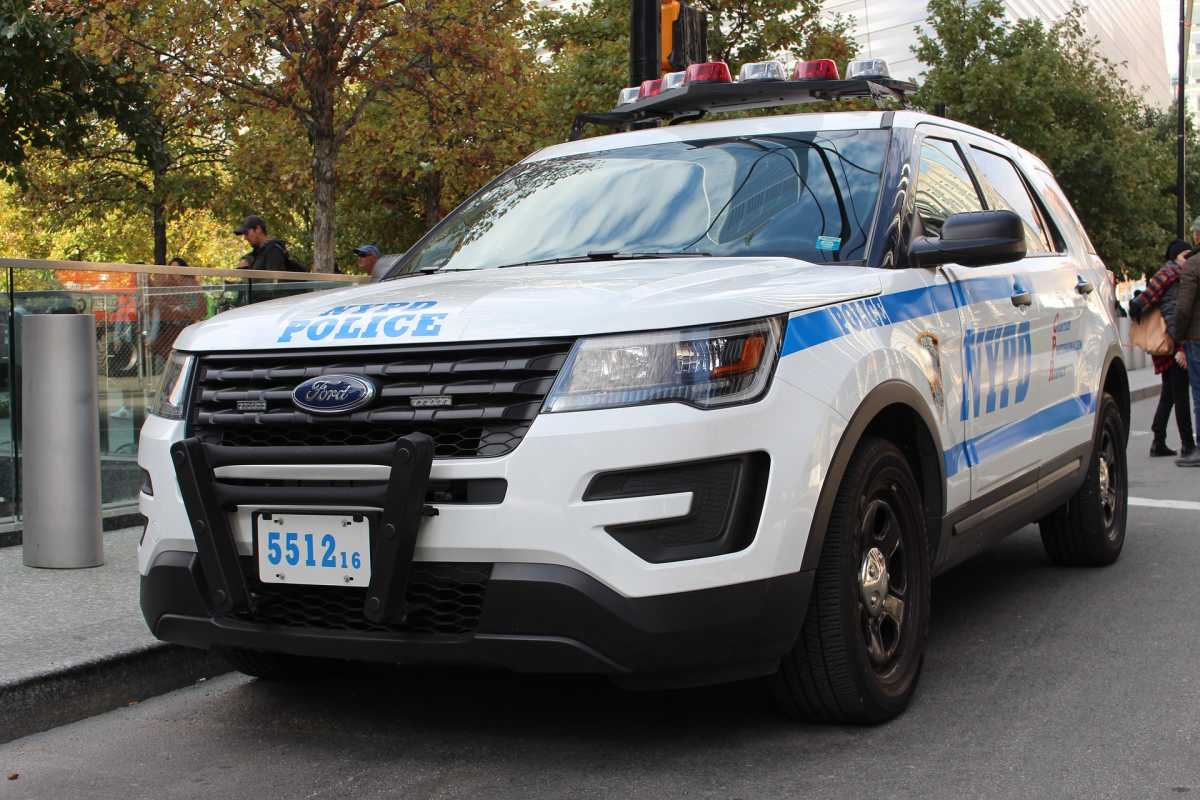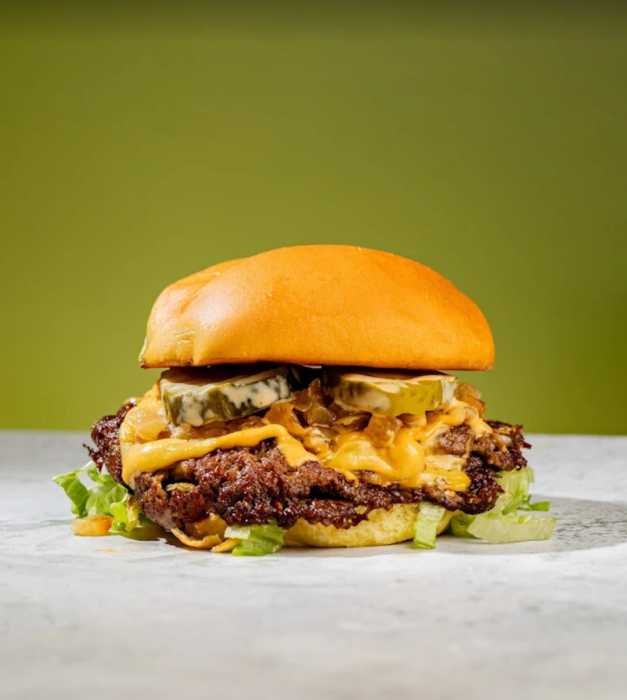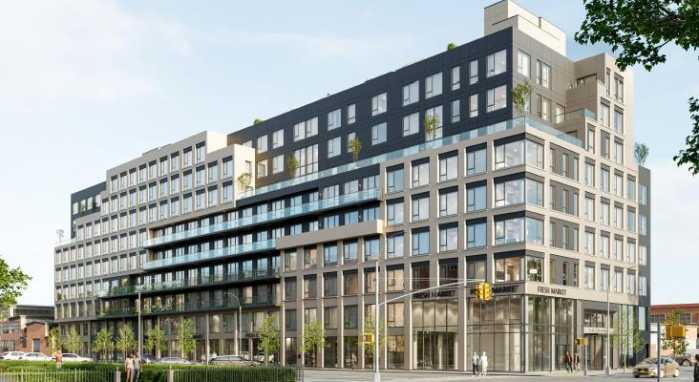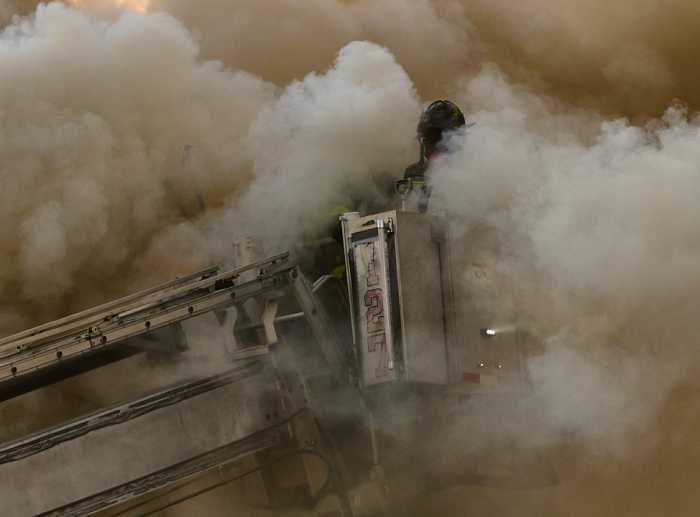The 113th, 114th, 101st, 103rd and 105th Precincts have racked up the most civilian complaints among the 15 precincts in Queens this year, according to data by the Civilian Complaint Review Board (CCRB).
The CCRB was formed in 1953 to investigate police misconduct and went through several iterations. It began as a committee of three deputy police commissioners who had authority to investigate civilian complaints. After public pressure, Mayor David Dinkins established the all-civilian board in 1993 and the agency was granted subpoena power.
The agency collects extensive data on police complaints and includes an investigative staff that “conducts investigations in an impartial fashion,” according to its website.
CCRB handles four types of complaints including excessive or unnecessary force, abuse of authority such as an improper search, discourtesy such as cursing at someone or using foul language, and offensive language like slurs about a person’s race, ethnicity, religion, sex, sexual orientation or physical disability.
In Queens, the two precincts with the most complaints include the 114th Precinct, which encompasses Astoria and parts of Long Island City, Woodside and Jackson Heights and the 113th Precinct, which serves Jamaica, St. Albans, Hollis, Springfield Gardens and South Ozone Park.
Both precincts received 81 complaints from Jan. 1 through Dec. 1, 2017. The CCRB does not release data specifying how many complaints fall under the four categories.
In 2017, Queens residents filed 721 complaints against the NYPD, making it the borough with the least complaints next to Staten Island precincts, which had 191 complaints filed against them.
The 101st Precinct, which covers Far Rockaway and Bayswater, had 79 complaints filed against them in 2017. According to CCRB data, the majority of residents file complaints through phone (65 percent), the CCRB’s website (14 percent) and the agency’s call processing system (11 percent).
The 103rd Precinct, which serves Downtown Jamaica and parts of Hollis, received 64 complaints from Jan. 1 through Dec. 1. of this year.
The 105th Precinct, which serves Queens Village, Cambria Heights, Laurelton, Rosedale, Springfield Gardens, Bellerose, Glen Oaks, New Hyde Park and Floral Park, had 61 complaints filed against it.
The 105th Precinct covers 12.43 square miles and 354 miles of roadway in southeast Queens, making it the fifth largest precinct in the city. In July, Mayor Bill de Blasio announced that the city would allocate resources to create the 116th Precinct to lighten the load on 105th Precinct officers. Queens residents had been advocating for a new precinct for more than 40 years.
The agency resolves complaints through several ways including mediation, investigation and discipline. Through mediation, the civilian is put into a room with the officer “in a safe, quiet and private space to speak confidentially about what happened.”
The talk is mediated by a professional mediator who is not affiliated with the CCRB or the NYPD and more than 90 percent of CCRB mediations are successful, according to the agency.
Investigations can take several months to complete and civilians must make in-person statements and look at photos of officers to properly identify them. A CCRB investigator will gather evidence, including statements from both witnesses and officers. Once completed, a three-member panel from the board of the CCRB will make a finding depending on the evidence presented.
If the CCRB finds that an officer committed misconduct, the case is sent to the Police Commissioner who has the sole authority to discipline an officer.
According to CCRB Data, in investigations of 4,170 complaints filed in 2017, 2,278 led to no action begin taken against the complainant. A total of 605 police interactions that led to complaints resulted in a summons and 1,230 interactions led to an arrest.
Officials for CCRB told QNS that the agency has seen a steady decline in complaints in the last several years due to a number of factors. One of these factors is the Floyd v. City of New York case, which ruled that the NYPD’s use of stop and frisk was unconstitutional.
In 2016, the NYPD conducted 12,404 stops, which marks a dramatic decrease from its peak in 2011, when the NYPD conducted 685,724 stops, according to NYPD data.
CCRB officials also said there are a variety of reasons for the number of complaints in each precinct, including how familiar residents are with the agency. CCRB holds several outreach activities in each borough and holds its board meetings around the five boroughs each month.
“The number of CCRB complaints has steadily decreased over the past several years,” an NYPD spokesperson said. “The NYPD continues to build trust and relationships every day, especially through neighborhood policing.”
The NYPD and Mayor Bill de Blasio announced on Dec. 4 that the city in November saw the lowest number of murders and shooting incidents than any November since the NYPD started recording crimes.
There were four fewer murders, 17 fewer shooting incidents and 656 fewer index crimes than there were in November 2016. Index crimes include homicide, rape, robbery, burglary, aggravated assault, larceny, motor vehicle theft and arson.
“Crime in New York City has fallen steadily throughout 2017, and November was no different,” said Police Commissioner James P. O’Neill in a statement. “As we stand on the verge of a record-shattering year, neighborhood policing continues to deepen relationships between our communities and the NYPD. The enhanced trust and shared responsibility that come from these relationships will only drive crime lower.”
To file a complaint with the CCRB, residents can visit the agency’s website at www.nyc.gov/ccrb, call 311, visit their office at 100 Church St. in Manhattan or visit any police station to pick up a complaint form.
The CCRB’s next borough-based meeting will be in Queens on Jan. 10 at the Long Island City Library, which is located at 37-44 21st St.



































